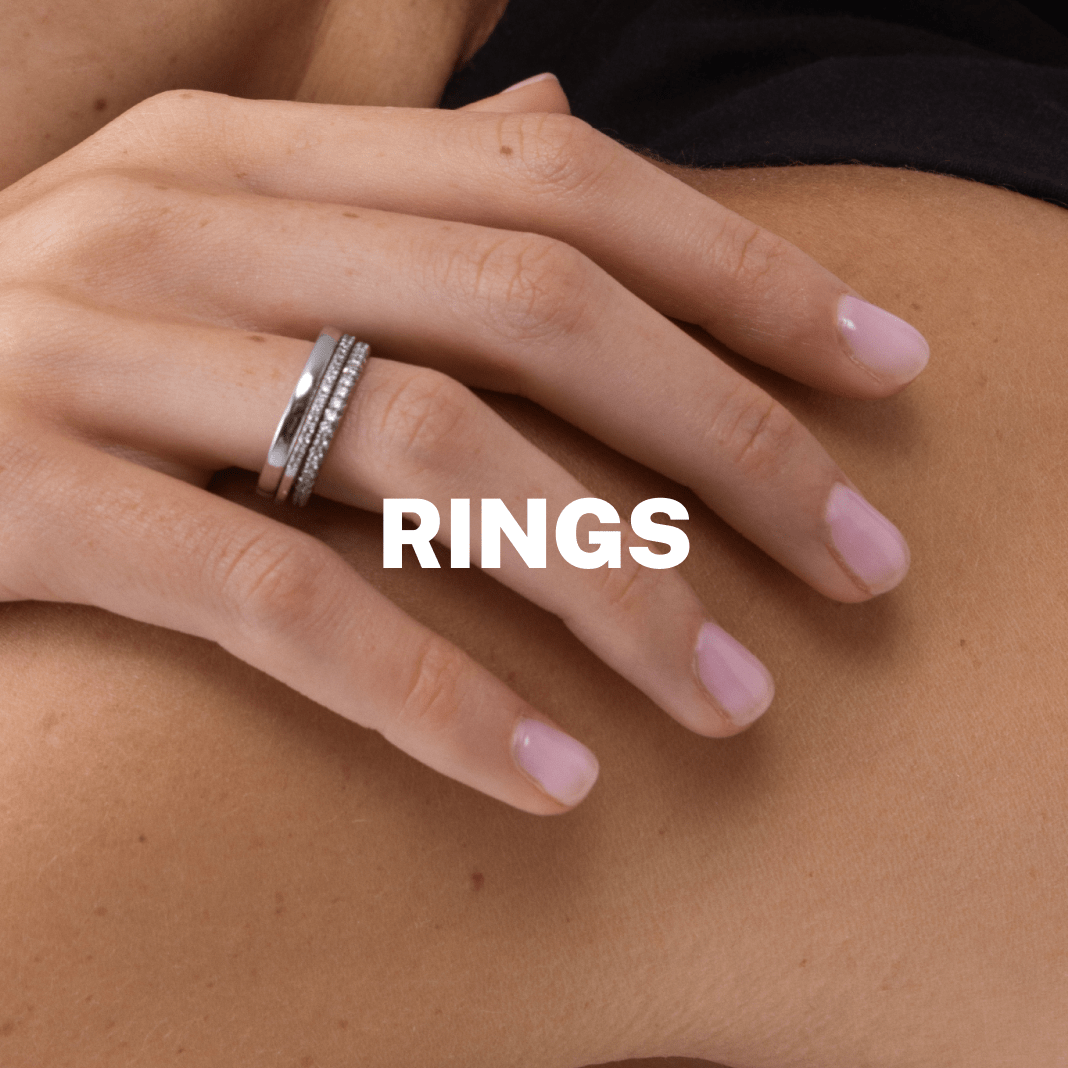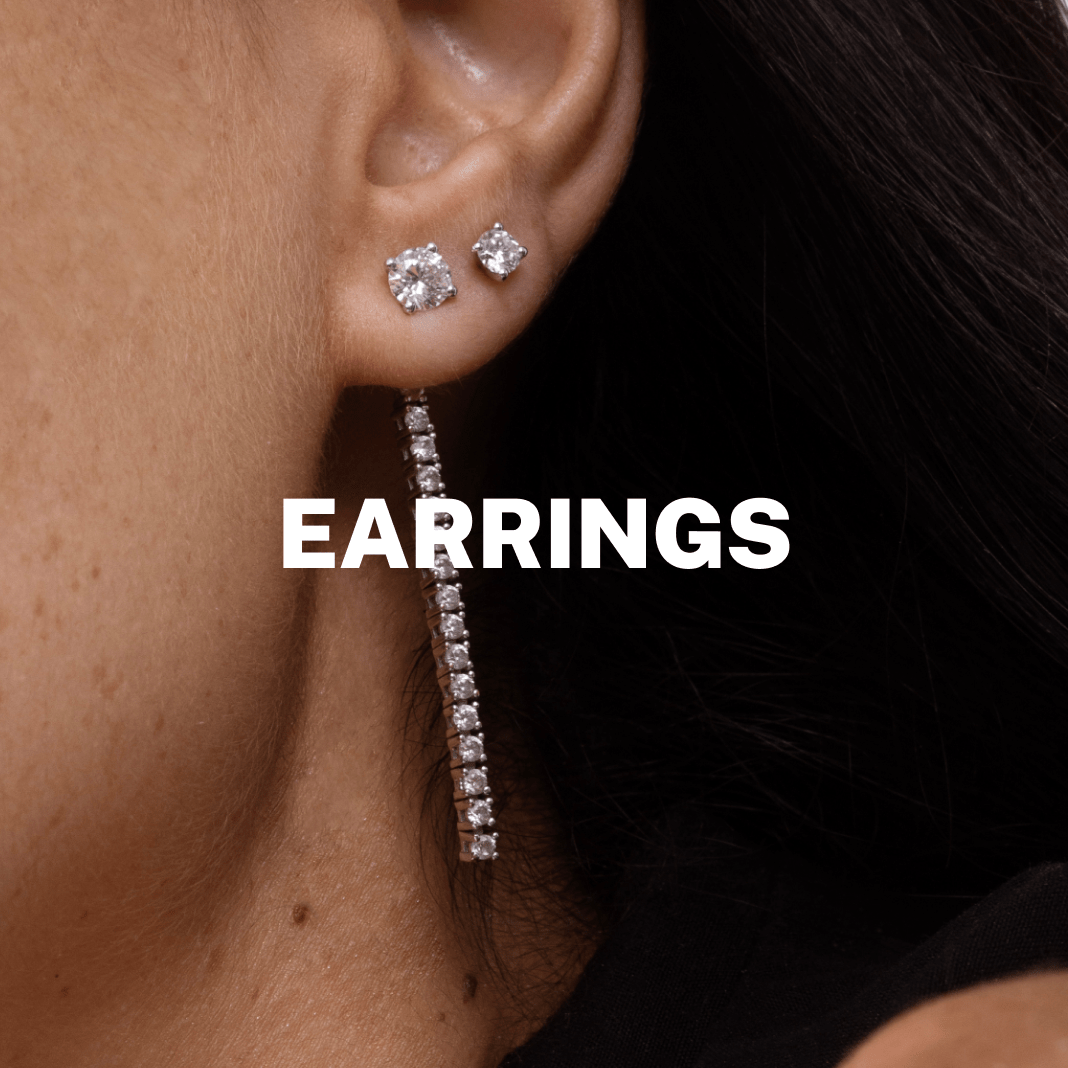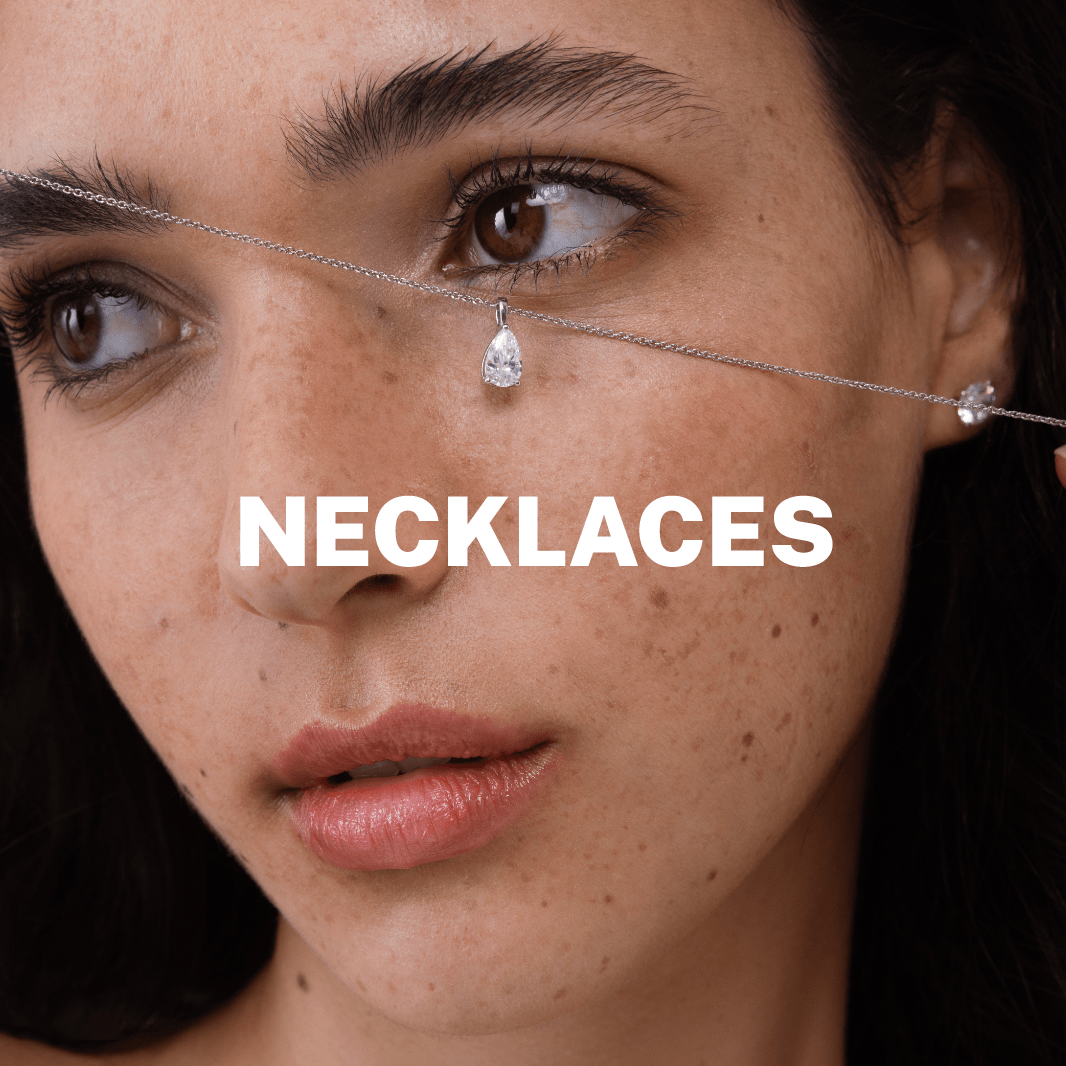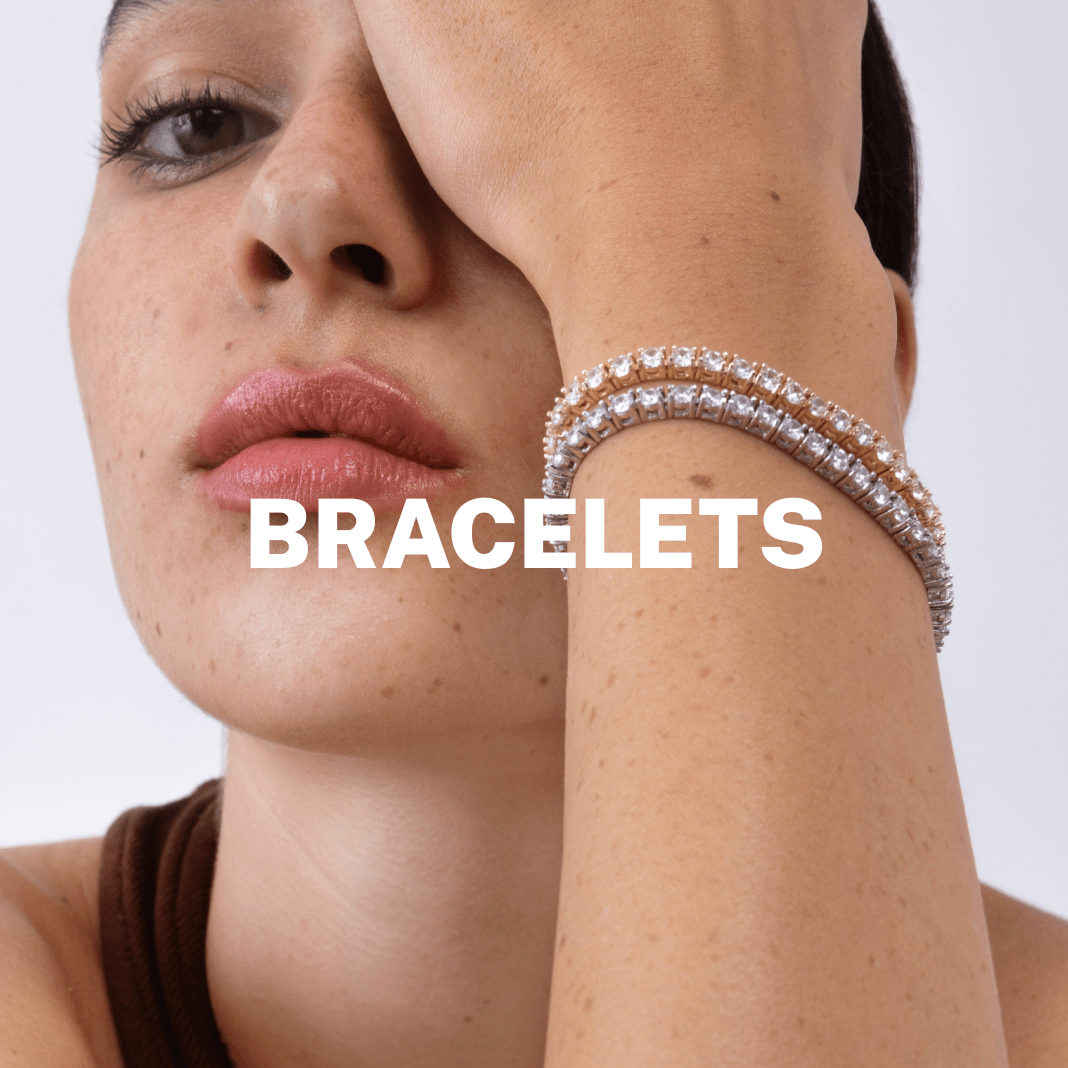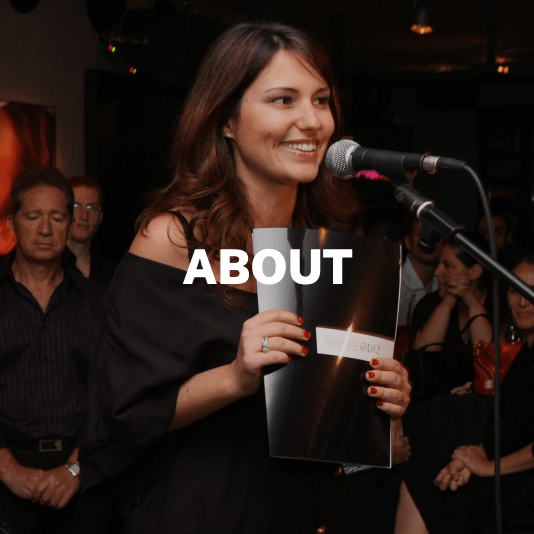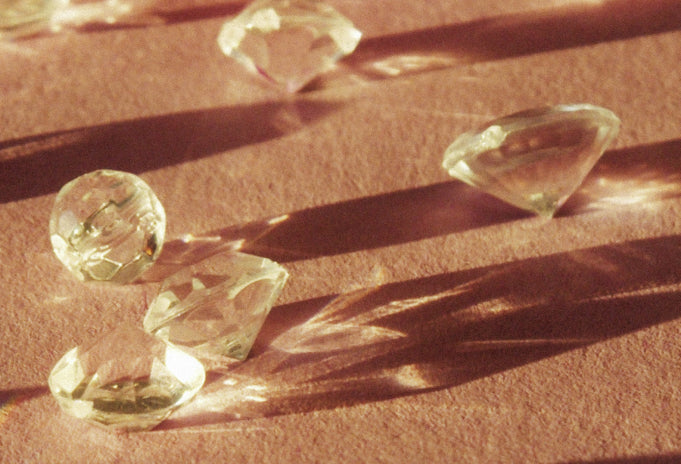
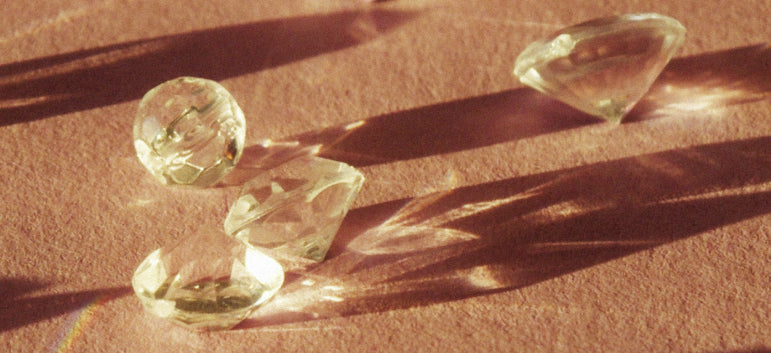
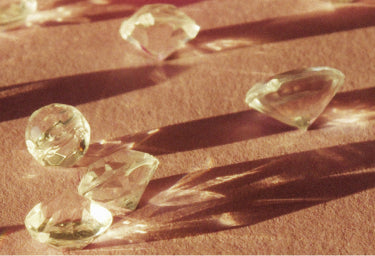
Diamond Color
White Diamond Color Scale

Diamond color is one of the easiest to see and understand out of the diamond 4 c’s (carat, cut, clarity and cut). However, despite the diamond color range displayed in the diamond color scale shown below, it is also one of the most nuanced and subtle between the different types of diamond color. Once set in a piece of jewelry, it is also very difficult to see the difference between diamond colors within the colorless diamond scale (D-F) or the near colorless diamond grade (G-J).
Above is the white diamond color chart. If you’re looking for fancy diamond color charts, see further down.
Diamond Color Chart
|
GRADING |
COLOR |
DESCRIPTION |
*RULE OF THUMB |
$ IMPACT |
|
D |
Colorless |
The rarest and best diamond color. Completely colorless, icy white. |
When you’re looking for a premium diamond with the best color both on paper and under lab lighting conditions. Recommended when looking for the perfect icy look. |
+ 25%-100% |
|
E |
Colorless |
Under strict lab conditions and compared side by side to a D color an E colored diamond will have the faintest body of color. |
Exceptionally high quality and identical to a D color once in the jewelry. |
+ 20%-60% |
|
F |
Colorless |
Under strict lab conditions and compared side by side to a D or E color an F colored diamond will have the faintest body of color. |
For a colorless grade diamond without the significant jump in price for D and E color diamonds. |
+ 10%-40% |
|
G |
Near Colorless |
When set in a piece of jewelry or viewed in any regular light, a G color diamond will be indistinguishable from the colorless range. |
The closest grade to the colorless diamond scale, without the high price-tag. |
+ 5%-20% |
|
H |
Near Colorless |
Very similar to a G color. An H color diamond will appear white at all angles, even with larger stones. |
Excellent value for money, white color diamonds in all jewelry and in regular light. Most recommended when looking for a high quality aesthetic without paying for hard to see added quality. |
AVERAGE |
|
I |
Near Colorless |
Even set in white metals such as white gold or platinum, an I color diamond will show no visible contrast in color. |
A warmer white color diamond without any visible color difference unless held side by side with a much higher grade. |
- 10%-15% |
|
J |
Near Colorless |
The J color diamond faces up white but can have minor traces of color, especially when viewed from the side. |
Perfect for a white diamond appearance on a budget, especially when set in yellow or rose gold. |
- 20%-30% |
|
K |
Faint |
K color diamonds have a faint tint of color from the face and side. Recommended for rose or yellow gold jewelry. |
Not recommended for white metals such as platinum and white gold. Smaller diamond accents should be set with matching color so as not to create contrasting diamond shades. |
- 30%-40% |
|
L-Z |
Faint-Light |
Obviously tinted yellow or light brown diamonds. |
For a more alternative or exotic near fancy color look. Not recommended unless you want to see the color. |
- 40%-60% |
For the official GIA diamond color chart see here.
OUR STANDARD QUALITY FOR DIAMONDS IS F-G / VS-SI GRADE.
These are all carefully hand-selected diamonds guaranteed to be colorless, top brilliance, flawless looking stones to the naked eye for every shape, size and setting type.
The 'Best' Diamond Color
The ‘best’ diamond color on the color scale is a D color diamond, but that’s not necessarily the best diamond color for your jewelry. There are a number of key factors that can influence the right color choice for your diamond:
Carat
The larger the diamond, the more significant the visible difference between the color grades. At the same time, the price difference between the options is also larger. In most cases, from H-I color upwards, it’s recommended to invest your budget in the other of the 4 C’s to upgrade your diamond (eg. increase the cut, carat or clarity).
Metal
When choosing the diamond color for white gold and platinum, we’d recommend no less than an H-I grade diamond. With rose gold and yellow gold you can confidently go down to J-K and still have a white diamond.
Shape
Some fancy shapes can exhibit more color tones than others. For example pears, hearts and marquise shapes will concentrate the deeper shades in the narrow points of the stone whereas ovals, radiants and cushions tend to intensify color shades when compared to rounds and princess cuts.
Setting
If your setting is open at the sides you may want to opt for a higher color diamond as the side view will display more color than the face-up view. If your jewelry is set with smaller diamonds, you’ll want to ensure that the small diamonds are in the same color range (colorless, near colorless or faint) to not create contrast.
Fancy Colored Diamonds
Fancy colored diamonds are diamonds that are not within the white diamond color scale. These range from diamonds that may be lower in cost than white diamonds such as more common browns (also described as champagne, cognac, chocolate depending on the hue and intensity of the fancy color) up to rare colors such as fancy pink.
Fancy colored diamonds are graded by three main criteria: Hue, Tone & Intensity.
When it comes to fancy colored diamonds, everything else such as carat, clarity and cut come second.
Color Hue
This refers to the actual color of the diamond, such as yellow, pink, etc. Often, the hue can be represented by a split tone like orangey-yellow, purplish pink, etc. The value of the fancy colored diamond will depend on this combination of colors, with some more desirable (higher demand) and some simply rarer (lower supply).
Color Tone
The tone of the fancy color refers to the lightness or darkness of the hue. So a light tone with a reddish hue would be defined as a fancy pink whereas a darker tone would be considered red.
Color Intensity
Finally, the intensity of the color indicates how strong or contrasting the color is. Fancy color intensity is graded from fancy faint to fancy vivid (low to high intensity):

Color Enhanced Diamonds
As natural fancy colored diamonds are too expensive for most budgets, advanced technology recreating the natural conditions that form diamonds under high pressure, high temperatures, allows certain types of diamonds to be color enhanced. Color enhanced diamonds usually come in intense shades and are available in intense-vivid yellow, blue, green and in rarer cases pink and red.
Diamond Color FAQs
What is a good diamond color?
Good diamond color will depend on what you’re looking for. But assuming you’re looking for a white diamond with no visible yellow or brown tones, then the safest option in all cases would be to opt for a diamond that is H grade and above. When looking for a more icy looking colorless diamond, then F and above is what you aim for and if you’re setting your diamond in rose or yellow gold, you can potentially save money by opting for an I-J color without compromising on the white appearance.
Does diamond color affect sparkle?
Diamond sparkle is a measure of how much light is reflected out of the face of the stone (as well as fire and scintillation, which is determined by how the light is reflected). Within the white diamond color scale, the color grading isn’t going to affect the brilliance of your diamond in any way. Brilliance of a diamond depends on the shape, clarity, cut grade, polish, symmetry, the raw material (diamond composition) and in rare cases also the fluorescence. However, as you go towards darker and darker diamonds, such as very dark browns, this can absolutely affect brilliance as not as much light reflects out of the face of the stone.
What color diamond is most valuable?
Out of the white diamond color scale, D color diamonds are the rarest and most valuable. However, fancy colored diamonds such as fancy pink, fancy red, green and even blue can fetch much higher prices per carat. As such diamonds are so rare, there are differing rules regarding value and pricing that depend on color intensity, spread, shade and the shape and carat of the stone, where it was mined and when it was discovered.
Is it better to prioritize color or clarity?
So long as you're within the eye clean range of clarity - usually SI2 or higher - you can then consider the cut (most important) and color of your diamond, as well as the carat weight.
How noticeable is the color difference between adjacent grades?
It's usually very difficult to tell. It takes about 3 shades at a time to see the difference in regular light, however from J to K the difference usually starts being more noticeable.
Are there certain diamond shapes where color is more noticeable?
Step cuts such as asscher, emerald and baguettes and also diamonds with a narrow point like pears or marquise can show warmer color than the other shapes.
